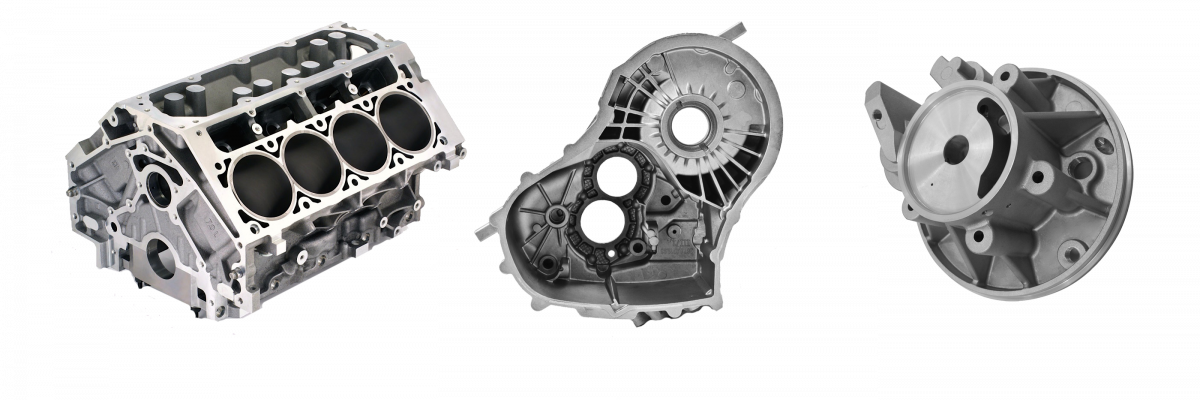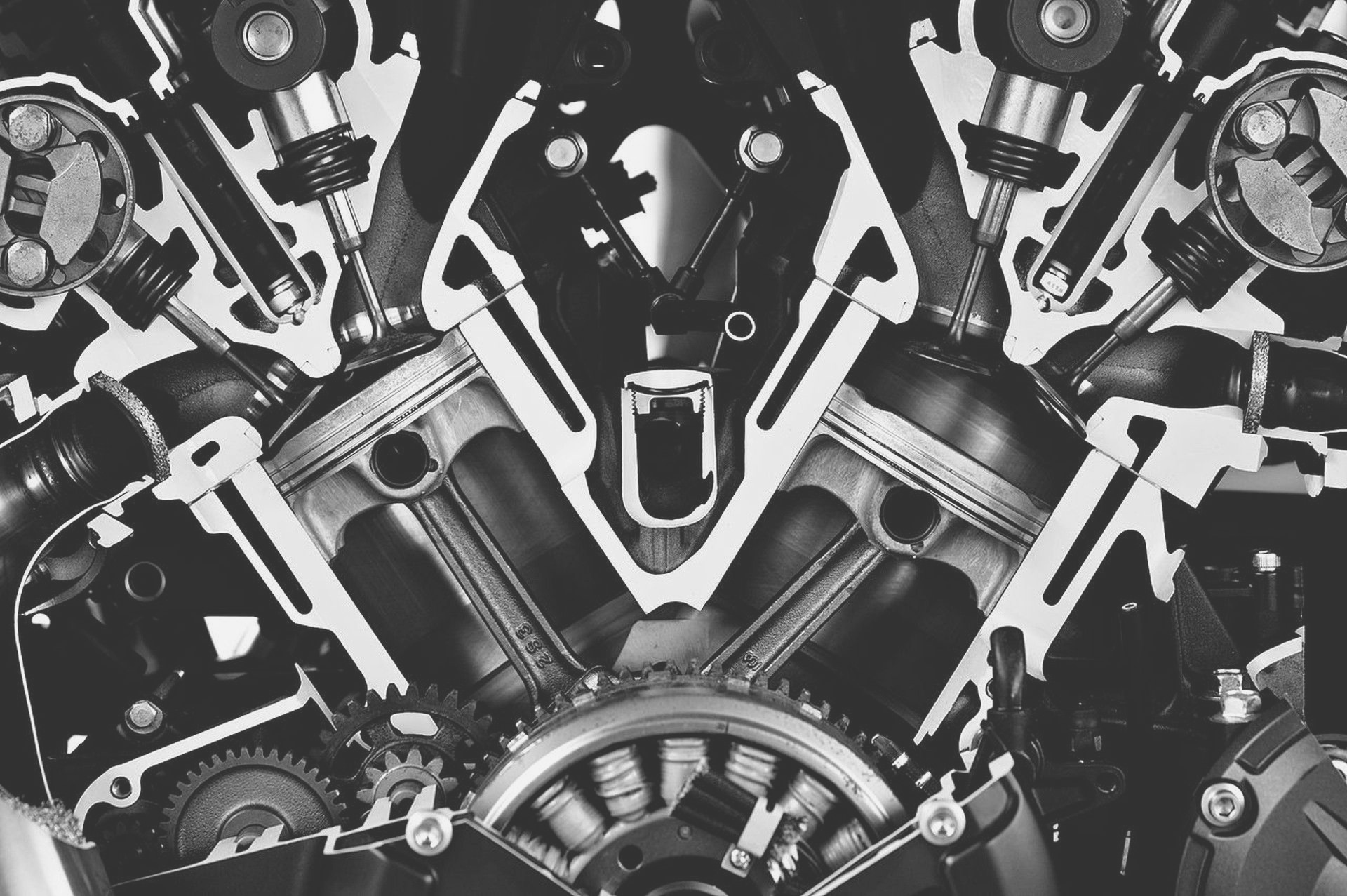The cold-chamber die casting process is used to obtain a wide range of components of increasing complexity and excellent mechanical properties.
It can have thousands of possible applications in a number of different sectors.
As for the automotive industry, for example, it can be used to produce engine blocks, steering boxes and many other structural parts.

By comparing the die casting process with other foundry technologies, such as sand and chill casting,
it is clear why the former is so advantageous by virtue of its high processing capacity:
indeed, no other technique supports the manufacturing of large batches.
There are other techniques supporting the manufacturing of large batches together with a low cycle time and an excellent surface finish. However, these qualities alone are not enough to justify the financial investments necessary to build new die casting plants and automated work stations.
High productivity must be associated with the possibility to control the entire process in order to minimise the waste and enhance product quality: reliability and repetitiveness are the primary objective to meet not only theoretically, but also, and especially, in real working conditions.

